- Home
- /
- OPHTHALMOLOGY
- /
- VITREORETINAL PRODUCT RANGE
Biosil Range
Silicone Oil Sterile Liquid
Bio Octane
Perfluoro-n-Octane liquid as an aid for retinal surgery
Bio Decalin
Perfluorodecalin liquid as an aid for retinal surgery
BIO-BLUE DUO
Acid Blue 90 And Trypan Blue Ophthalmic Solution
BIO BLUE 90 PLUS
Acid Blue 90 Ophthalmic Solution (0.025%W/V) With Polyethylene Glycol An Adjunct To Vitreoretinal Surgery
BIO BLUE 90
Acid Blue 90 Ophthalmic Solution (0.025% w/v) An Adjunct To Vitreoretinal Surgery
BIO BLUE PLUS
Trypan Blue Ophthalmic Solution 1.5 mg/ml For Ophthalmic Vitrectomy Procedures
Biosil Range
Silicone Oil Sterile Liquid
Bio Octane
Perfluoro-n-Octane liquid as an aid for retinal surgery
Bio Decalin
Perfluorodecalin liquid as an aid for retinal surgery
BIO-BLUE DUO
Acid Blue 90 And Trypan Blue Ophthalmic Solution
BIO BLUE 90 PLUS
Acid Blue 90 Ophthalmic Solution (0.025%W/V) With Polyethylene Glycol An Adjunct To Vitreoretinal Surgery
BIO BLUE 90
Acid Blue 90 Ophthalmic Solution (0.025% w/v) An Adjunct To Vitreoretinal Surgery
BIO BLUE PLUS
Trypan Blue Ophthalmic Solution 1.5 mg/ml For Ophthalmic Vitrectomy Procedures
No Products Found
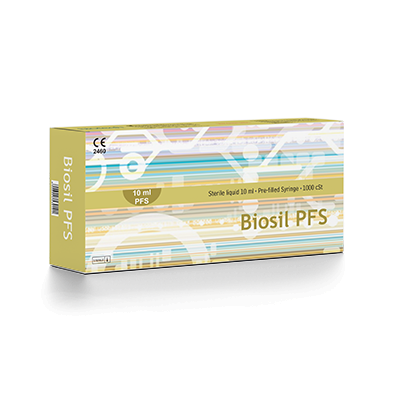
Biosil Range
Silicone Oil Sterile Liquid
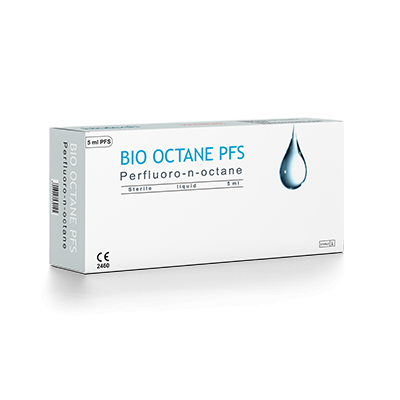
Bio Octane
Perfluoro-n-Octane liquid as an aid for retinal surgery
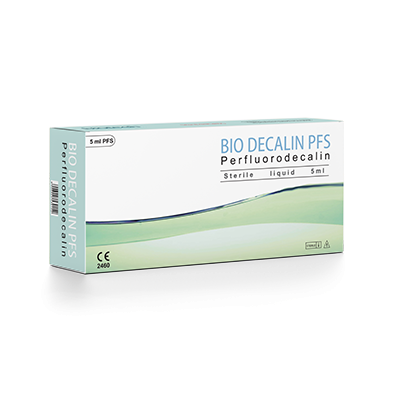
Bio Decalin
Perfluorodecalin liquid as an aid for retinal surgery
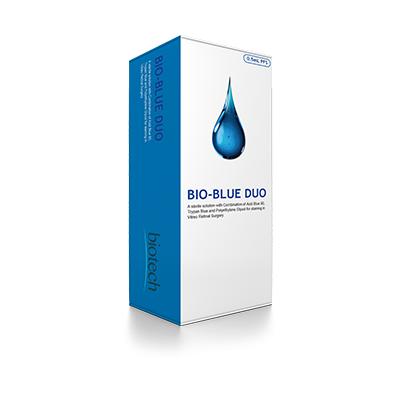
BIO-BLUE DUO
Acid Blue 90 And Trypan Blue Ophthalmic Solution
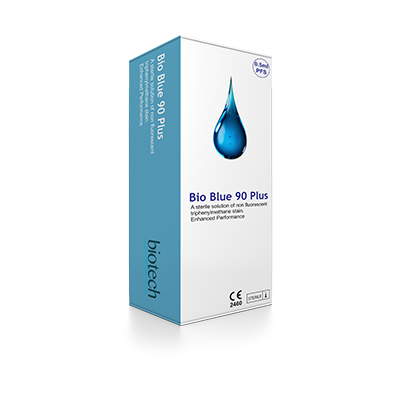
BIO BLUE 90 PLUS
Acid Blue 90 Ophthalmic Solution (0.025%W/V) With Polyethylene Glycol An Adjunct To Vitreoretinal Surgery
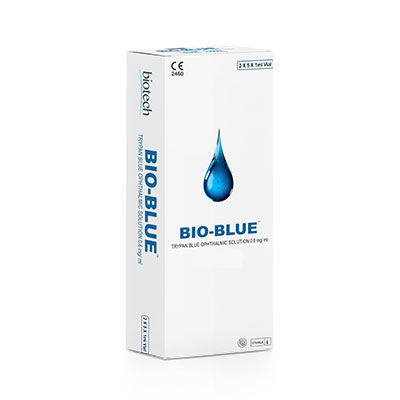
BIO BLUE 90
Acid Blue 90 Ophthalmic Solution (0.025% w/v) An Adjunct To Vitreoretinal Surgery
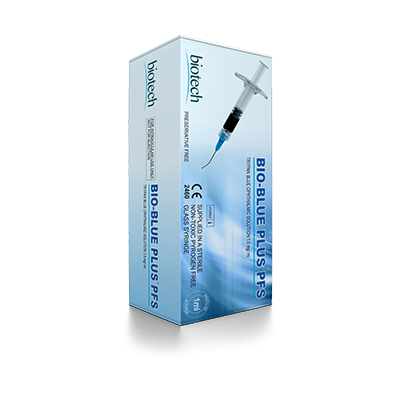
BIO BLUE PLUS
Trypan Blue Ophthalmic Solution 1.5 mg/ml For Ophthalmic Vitrectomy Procedures
1. What is Vitreoretinal?
Vitreoretinal refers to the complex interplay between the vitreous body and the retina, two critical components of the eye essential for vision. It encompasses both the structural integrity and the functional health of the vitreous humor—a gel-like substance that fills the posterior segment of the eye—and the retina—the light-sensitive tissue lining the inner surface of the eye. Meanwhile, the retina is a delicate layer of tissue lining the inner surface of the eye, containing millions of light-sensitive cells responsible for converting light into electrical signals that the brain interprets as vision. Vitreoretinal disorders and surgeries are focused on addressing conditions affecting these vital ocular structures to preserve and enhance vision.
2. What does Vitreoretinal mean?
Vitreoretinal is a compound term indicating the connection between the vitreous and the retina. “Vitreo” pertains to the vitreous body, while “retinal” signifies the retina. Together, vitreoretinal signifies conditions, treatments, and surgeries that involve both the vitreous and the retina, indicating the intricate relationship between these components in maintaining visual function. Vitreoretinal surgeries encompass a spectrum of intricate procedures designed to address a wide range of conditions affecting these vital ocular structures. These surgeries are paramount in preserving and enhancing vision, particularly in cases of diabetic retinopathy and retinal detachment, both of which can lead to irreversible vision loss if not managed promptly and effectively.
3. What is Vitreoretinal Disease?
Vitreoretinal disease encompasses a group of disorders that affect the vitreous and retina, two essential structures within the eye. Vitreoretinal diseases can involve abnormalities or disorders affecting either the vitreous, the retina, or both, leading to various visual symptoms and potential complications. These diseases can be congenital (present at birth) or acquired (developed over time) and may result from a combination of genetic, environmental, and age-related factors. Vitreoretinal disease includes a wide range of ocular conditions affecting the vitreous and retina, including diabetic retinopathy, retinal detachment, macular degeneration, vitreous hemorrhage, epiretinal membrane, and others. These diseases can lead to vision impairment or loss if not properly managed.
4. What are the Vitreoretinal Symptoms?
Symptoms of vitreoretinal diseases vary depending on the underlying condition but may include floaters (dark spots or cobweb-like structures in the vision), flashes of light, blurred vision, distortion of vision, peripheral vision loss, and a sudden decrease in visual acuity. These symptoms may indicate abnormalities in the vitreous or retina and necessitate prompt evaluation by an eye care professional.
5. What causes Vitreoretinal Disease?
Vitreoretinal diseases can have multifactorial etiologies, including diabetes, ocular trauma, aging, genetic predispositions, hypertension, inflammatory conditions, and other systemic health issues. For instance, diabetic retinopathy is a common vitreoretinal disease characterized by damage to the blood vessels of the retina due to chronic high blood sugar levels associated with diabetes, while retinal detachment occurs when the retina detaches from its normal position at the back of the eye, often as a result of trauma, aging, or underlying eye conditions. It requires immediate surgical intervention to prevent permanent vision loss.
6. At what age range is Vitreoretinal seen?
Vitreoretinal diseases can affect individuals across all age groups, from pediatric patients to older adults. Conditions like retinopathy of prematurity may manifest in premature infants, while age-related macular degeneration predominantly affects older individuals. Diabetic retinopathy commonly presents in adults with diabetes, especially those with poorly controlled blood sugar levels. While some vitreoretinal diseases may affect individuals of all ages, conditions such as diabetic retinopathy are more prevalent in older adults.
7. How is Vitreoretinal diagnosed?
Diagnosis of vitreoretinal diseases involves a comprehensive eye examination conducted by an ophthalmologist or vitreoretinal specialist. This evaluation may include visual acuity testing, dilated eye examination, optical coherence tomography (OCT), fluorescein angiography, and other imaging modalities to assess the structural integrity and functional status of the vitreous and retina.
8. What are the Vitreoretinal treatment methods?
Treatment strategies for vitreoretinal diseases are tailored to the specific condition and its severity. Non-surgical approaches may include pharmacotherapy, such as anti-vascular endothelial growth factor (anti-VEGF) injections or corticosteroids, as well as laser photocoagulation to manage conditions like diabetic retinopathy and macular edema. However, in cases where surgical intervention is necessary, procedures such as vitrectomy, scleral buckling, pneumatic retinopexy, or laser retinopexy may be employed to address retinal tears, detachments, or vitreous hemorrhages. The overarching objective of vitreoretinal care is to preserve and optimize visual function while mitigating the progression of vision-threatening conditions.
Frequently Asked Questions (FAQs)
1. What is Vitreoretinal Surgery?
surgery refers to medical procedures involving operative techniques to address various health conditions. Vitreoretinal surgery is a specialized branch of ophthalmic surgery that focuses on addressing disorders affecting the vitreous humor and retina within the eye. It involves intricate procedures aimed at preserving and improving vision by treating conditions such as diabetic retinopathy, retinal detachment, macular holes, epiretinal membranes, vitreous hemorrhage, and other vitreoretinal abnormalities.
2. Who Has Vitreoretinal Surgery?
Individuals who undergo vitreoretinal surgery typically have advanced eye conditions that cannot be effectively managed with non-surgical treatments alone. These patients may include those with diabetic retinopathy, proliferative vitreoretinopathy, retinal tears or detachments, macular degeneration, ocular trauma, and other vitreoretinal disorders. Vitreoretinal surgeons perform these surgeries, often in collaboration with other eye care specialists, to address complex ocular conditions and preserve visual function.
3. Is Vitreoretinal Permanent?
Vitreoretinal diseases are not inherently permanent conditions; rather, they refer to various disorders affecting the vitreous and retina. The permanence of these diseases depends on factors such as the specific condition, its severity, and the success of treatment. While some vitreoretinal diseases can be managed and their progression slowed with appropriate care, complications like irreversible vision loss may become permanent if not addressed promptly. Timely diagnosis, treatment, and ongoing management are critical for preserving vision and mitigating the impact of vitreoretinal diseases.
4. Is There an Age Limit for Vitreoretinal Surgery?
Vitreoretinal surgery can be performed on individuals of various ages, ranging from pediatric patients to older adults. While age itself is not a limiting factor for vitreoretinal surgery, certain age-related changes in ocular anatomy and systemic health may influence the surgical approach and postoperative outcomes.
5. Is Vitreoretinal Dangerous?
Vitreoretinal diseases can pose risks to vision and eye health, and the level of danger varies depending on the specific condition and its severity. Conditions like diabetic retinopathy, retinal detachment, and macular degeneration, which fall under the umbrella of vitreoretinal diseases, can lead to significant vision impairment or even blindness if left untreated. Prompt diagnosis and appropriate management are crucial to mitigate the potential dangers associated with vitreoretinal diseases. While not all vitreoretinal conditions are inherently dangerous, their impact on vision underscores the importance of regular eye examinations and timely intervention to address any emerging issues and preserve visual function.
6. Is Vitreoretinal Genetic?
While some vitreoretinal conditions have a genetic component, not all vitreoretinal disorders are directly linked to genetics. Certain inherited retinal diseases, such as retinitis pigmentosa, Leber congenital amaurosis, and Stargardt disease, have a strong genetic basis and can run in families. However, other vitreoretinal conditions, such as diabetic retinopathy, age-related macular degeneration, and retinal vascular occlusions, are influenced by a combination of genetic predisposition, environmental factors, and lifestyle choices.
7. Does Vitreoretinal Have Anything to Do with Nutrition?
Nutrition plays a significant role in maintaining ocular health and may help reduce the risk of certain vitreoretinal conditions. Consuming a balanced diet rich in antioxidants, vitamins (particularly vitamin C, E, and A), minerals (such as zinc and selenium), omega-3 fatty acids, and lutein/zeaxanthin may support retinal health and reduce the risk of age-related macular degeneration and diabetic retinopathy. However, while nutrition is important for overall eye health, it is not a substitute for medical treatment or surgical intervention when vitreoretinal diseases are present.

Plot No. 4, PHARMEZ,
Sarkhej Bavla N.H. 8A.
Near Village Matoda,
Taluka Sanand, District
Ahmedabad, Gujarat 382213,
India
OPHTHALMOLOGY

